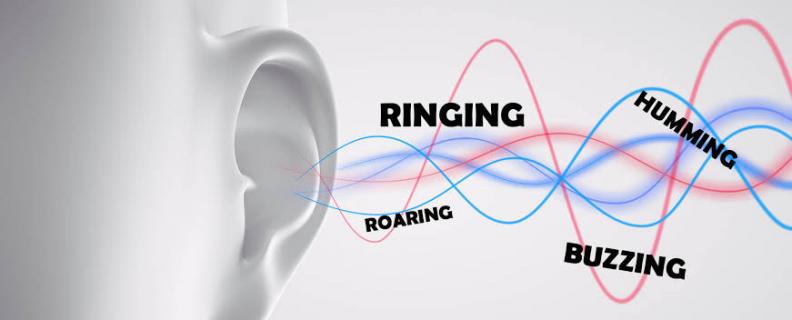Tinnitus is defined as the auditory perception of sounds when no external sound is present.
Tinnitus is a perception of sound generated somewhere in the auditory pathways (Jastreboff, 2008).
It is described in many terms, for example, ringing, buzzing or hissing.
There are two distinct types of tinnitus.
Both are generated within the body, but subjective tinnitus is only heard by the patient, whereas objective tinnitus can be heard by others, such as a doctor placing a stethoscope over the patient’s ear canal.
Objective tinnitus is rare and requires medical intervention prior to any tinnitus management strategies being discussed.
Tinnitus is often described as intermittent or chronic.
Most of us have experienced intermittent tinnitus at some point in our lives.
Chronic tinnitus is often defined as tinnitus (constant or frequently occurring) lasting longer than six months.
Globally, 10 to 15 per cent of adults experience chronic tinnitus, compared to 10 per cent of adults
experiencing hearing loss (Beck,2012).
Beck has suggested using the 80/80 rule to describe the overlap between hearing loss and tinnitus: 80 per cent of people with hearing loss have tinnitus, and 80 per cent of people with tinnitus have hearing loss.
This significant overlap is one of the main reasons why hearing care professionals strive to learn more about tinnitus.
Hearing care professionals have the medical knowledge, the compassion for helping others, and the technical skills to work with and successfully help individual patients with tinnitus symptoms.








